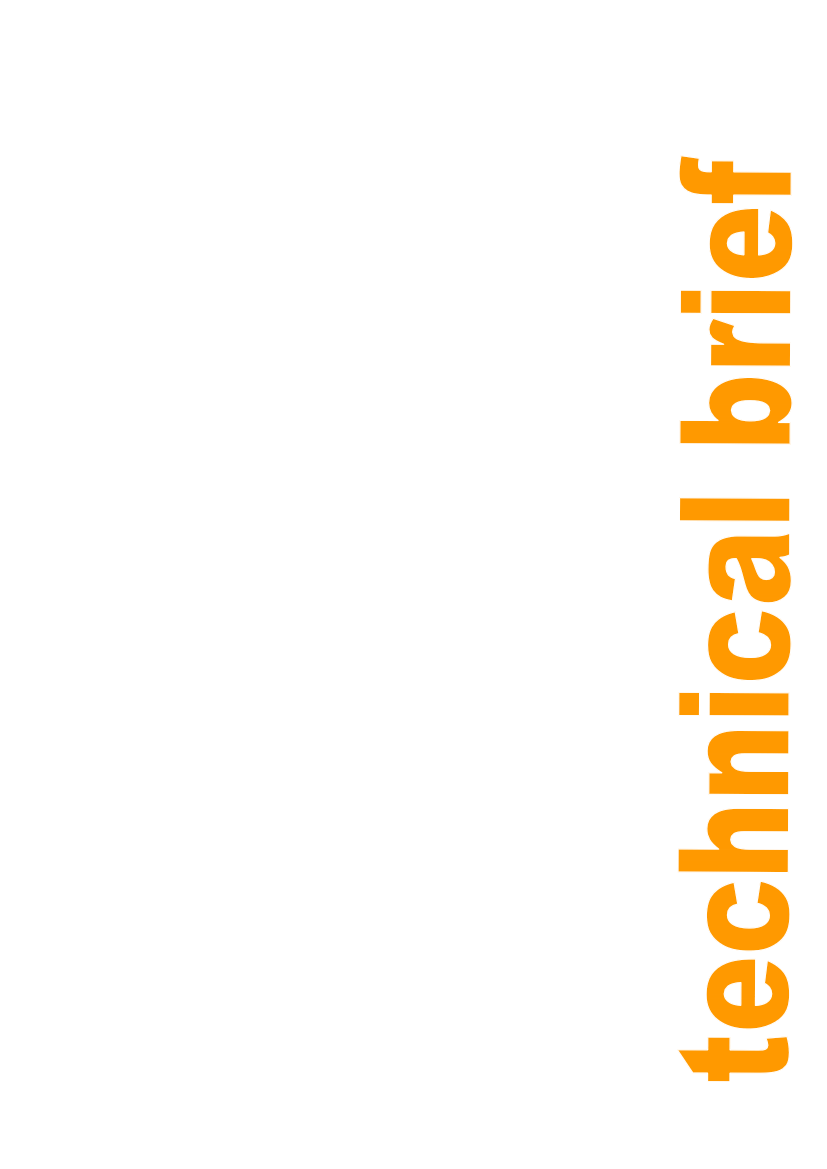
Healthcare waste management in developing countries
Practical Action
Incinerator emissions and associated risks may be reduced by implementing emission standards,
operational controls and enhanced management practices, such as (Batterman, 2004; WHO,
2005):
Rigorously segregate waste so that no PVC (IVs, etc.) waste is incinerated.
Ensure that the incinerator is built according to recommended dimensions, using
appropriate materials, that it is functioning properly and the chimney is clear of
excessive soot.
Ensure that the incinerator is preheated adequately and that supplementary fuel is
added whenever necessary.
Load the incinerator according to the recommended “Best Practices”.
Minimize burning in the chimney through correct loading practices and regulation of the
self-adjusting draft control in the chimney. This increases the gas residency period.
Adopt rigid quality control measures.
Moreover, a gauge temperature should be installed on the chimney in order to control the
temperature during the operation phase. As well as temperature, other parameters to be carefully
monitored and recorded are smoke levels, loading rates, usage of fuel and type of waste
incinerated. For the control of the temperature, if a gauge is not available, a visual guide can be
followed:
If a good strong flame is visible through the secondary air hole, the temperature should
be more than 600°C at this point.
If the smoke is dense white, grey or black, poor combustion is occurring because the
temperature is either above or below what is required.
If temperatures are too high, the chimney glows red.
Inexperienced operators should not be assigned to operate incinerators that do not have a
working temperature gauge fitted.
Moreover, at least once per year analyses on the concentration of CO, PCDDs and furans in the
smoke should be conducted requiring the assistance of a specialized external expert.
Conclusions
Healthcare waste includes all the waste generated by hospitals, healthcare establishments,
research facilities and laboratories. In low-income countries, healthcare waste (HCW) rarely
receives attention; rather, it is handled as part of the municipal waste stream and disposed at
the dumping sites in the city, making it freely accessible to rag-pickers who are then exposed to
serious health hazards.
Incineration is one of the options most used for the treatment of healthcare waste. It has
advantages and disadvantages, it is reduces organic and combustible waste to inorganic,
incombustible matter and results in a very significant reduction of waste volume and weight but
can generate significant emissions containing atmospheric pollutants and may produce odours.
Several different types of incinerator are available, suitable for different categories of waste and
provided with different treatment efficiency.
The ‘De Montfort’ incinerator is a small-scale double chamber incinerator. Several models of the
‘De Montfort’ incinerator are available and they have been implemented in a number of low and
middle income countries. The success or failure in the implementation of this technology is
strongly linked with proper construction, operation and maintenance of the incinerator itself.
These issues can be frequently linked with the lack of opportunely trained and supervised
personnel responsible for the operation of the incinerator, together with inefficient practices of
segregation of the healthcare waste stream.
9